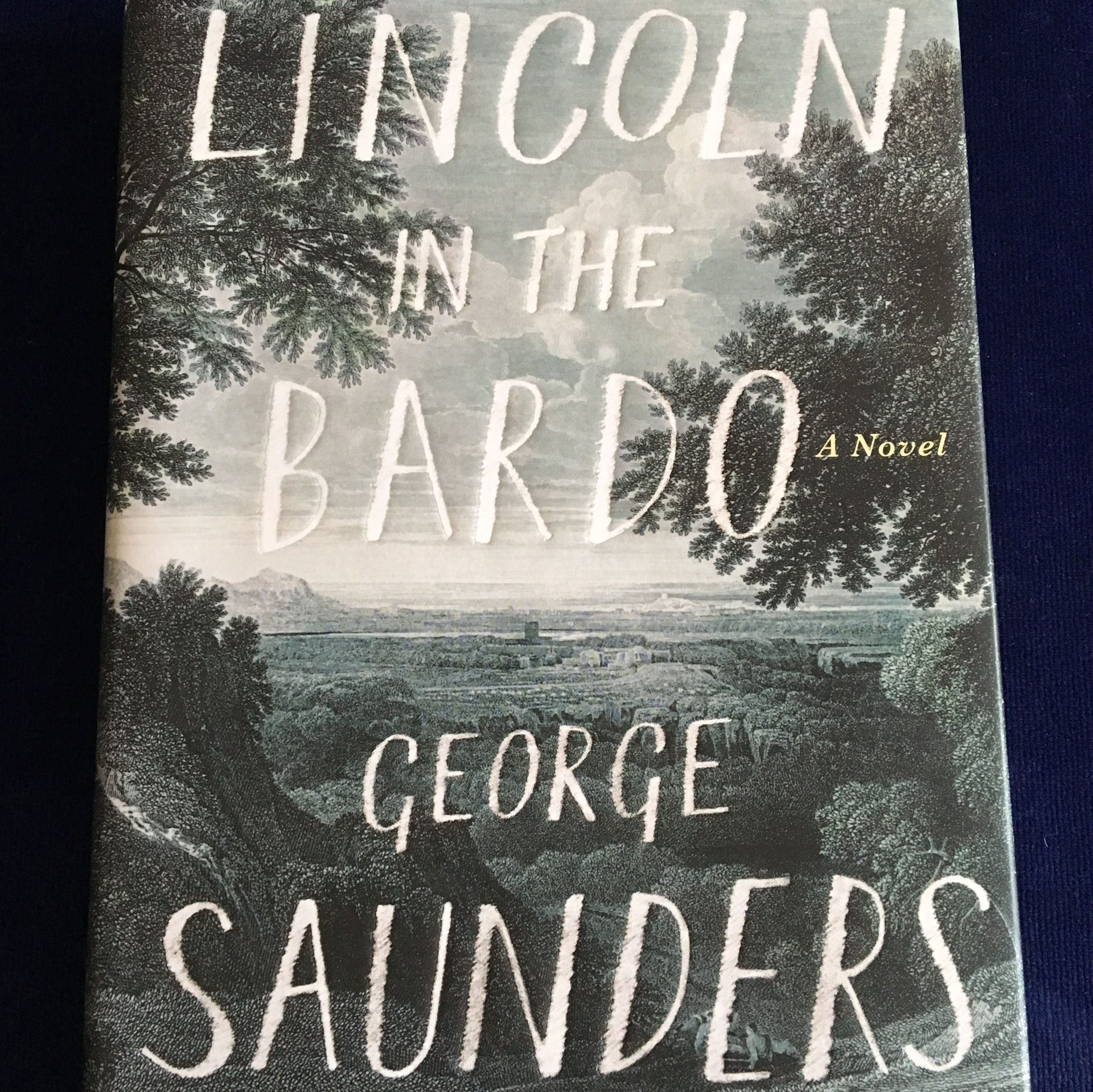I find anything related to Abraham Lincoln super interesting. His personal story—of someone from humble beginnings who successfully navigated the political world without compromising his beliefs—is fascinating. I’ve read a lot about him over the years and thought I knew pretty much everything there was to know. But I recently read a book about Lincoln that surprised me.
Lincoln in the Bardo by George Saunders gave me a new perspective on America’s 16th president. Despite being a work of fiction, it offered fresh insight that made me rethink parts of his life. The novel takes place over the course of one night not long after the death of Willie, Lincoln’s beloved 11-year-old son. The “bardo” in the title refers to a purgatory-like place where spirits linger after death—in this case, a spectral version of the Washington, DC cemetery where Willie was buried.
It’s dangerous for children to linger in the bardo (for reasons that are never explained), but Willie refuses to leave after his father visits his grave. Most of the book focuses on the other spirits trying to convince Willie to depart. There are 166 spirits in total, and Saunders uses a script format to make it clear who is speaking when. It’s disorientating at first, but you get the hang of it pretty quickly.
Saunders also uses excerpts from historical texts to tell the story of Willie’s death and its aftermath. I loved how he uses these flashbacks to show how fuzzy our recollections of the past can be. In one chapter, he weaves together conflicting quotes about Lincoln’s appearance. Were his eyes gray, or were they green? The answer changes depending on who you ask. It reminded me of the musical Hamilton, which deals with similar ideas about how storytellers shape history.

